How to Get Around in Jamaica: A Guide to Public Transit vs. Rental Cars
Traveling in Jamaica can be a unique and sometimes daunting experience. For those who have never been to the island before, you really want to think about both your comfort level and what you want out of your visit before deciding what kind of transportation to use.
We’ve now spent 4+ years traveling on the Jamaican public transit system as Peace Corps Volunteers and as returned visitors. We also have a couple weeks under our belts driving rental cars.
We’ve traveled through most major Jamaican cities and towns on the island, as well as many remote locations in the “bush.”
These are some of our recommendations, based on our experience with Jamaica transportation…
Last updated: Summer 2022. Originally published: December 2014.
What travel restrictions and rules are in place in Jamaica?
Find post-pandemic travel updates for Jamaica here:
What you need to know about Jamaica travel right now
Disclosure: This free article contains affiliate links. If you make a purchase after clicking one of these links, we may earn a small commission at no additional cost to you. As an Amazon Associate, we earn from qualifying purchases. Your support helps us continue to provide helpful, free content for you.
Jamaican Public Transit vs. Rental Cars vs. Charters
Use public transportation in Jamaica if…
- You’re adventurous and want to really get a taste of every-day Jamaican life
- You know what you’re doing and how to get where you need to go (looking helpless and lost makes you a good target for crime)
- Your luggage is small and compact-able OR you’re just taking a day trip without luggage
- You have Jamaican cash in small bills (Jamaican $50’s and $100’s)
- You are patient and not pressed for time
Use rental cars if…
- You’re not an anxious driver
- You can respond quickly to various obstacles on the road, including but not limited to: pot holes, goats, dogs, large semi-trucks, and pedestrians
- You want to make multiple stops in your trip, whether it be staying in three different towns within the span of a week, or seeing several different sights in one day
- You don’t mind driving on the left side of the road
- You’re flexible and laid back (GPS may not always work and paper maps have their limits as well)
Use charter vehicles or tours if…
- You don’t want the stress or responsibility of finding your way around
- You don’t mind paying a premium (public transit can often get you the same distance for 1/10 of the cost)
- You’re traveling after dark
Round trip transfers from Montego Bay airport (MBJ) in air-conditioned coach: Available for hotels in Montego Bay, Negril, Lucea, Ocho Rios, Runaway Bay, Trelawny, and Rosehall.
Check rates and availability >>
Book city-to-city bus or private car transfers: Available from Kingston, Montego Bay, Port Royal, Ocho Rios, Runaway Bay and others.
Check rates and availability >>
A Few Tips for Driving in Jamaica
Driving on the left side!!!
The most important thing to be aware of (unless you’re from a country that drives on the left anyway) is that vehicles drive on the left side of the road in Jamaica.
If you’ve never driven on the left side of the road, don’t be over-confident in your skills. Be very intentional and even more aware of what you are doing. This is especially the case as you make turns or turning onto a road.
Stay to the left!!! You’ll get used to it pretty quickly, but just one lapse in concentration can have consequences.
Road conditions in Jamaica
The best paved roads in Jamaica are found on the North Coast highway and Highway 2000 (a south coast toll road from Kingston to May Pen).
Other parts of the South Coast highway are in varying states of repair.
Roads going to smaller communities out in the bush or up in the hills may not always be paved or will suffer from numerous pot holes.
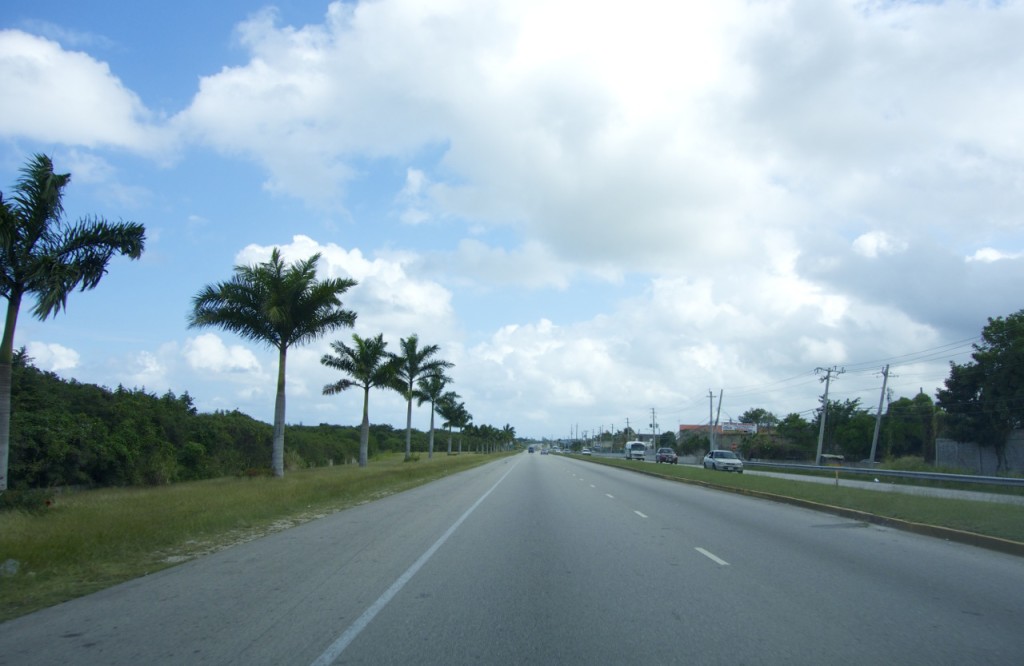
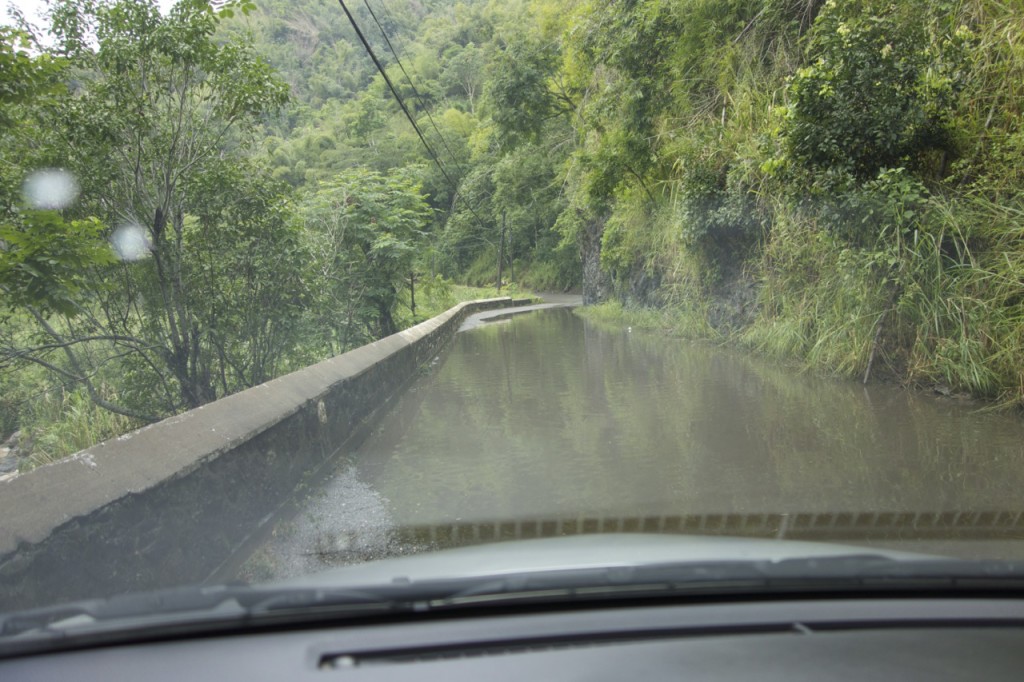
Driving on poor road conditions may be a challenge for some foreign drivers. It can also make tire damage more likely, which isn’t always covered by car renters insurance.
Honking the horn
In the States, honking the horn usually means something is going wrong – you’re about to get hit or someone is upset. In Jamaica, the horn is just one more tool to communicate from your vehicle.
Because of the many obstacles on the road, it is common practice to honk before overtaking a car or swerving around a pedestrian. This helps make the other party aware of where you are and ensure that they don’t make a sudden move into your way.
It is also wise to honk the horn before going around sharp turns where your visibility is limited.
Apart from these precautionary measures, it is also common to use the horn to say hello, goodbye, or politely acknowledge people on the road.
Rules of the road
In Jamaica, rules of the road may seem non-existent at times, but it’s just a different way of doing things.
Due to poor road conditions, it is always more important to steer clear of pot holes and other obstacles than it is to stay within your designated lane. Lane lines, if they exist on the road at all, are just guides.
When in doubt, give right of way to the biggest vehicle. Traffic may seem chaotic and the drivers reckless, but in actuality, most Jamaican drivers are aware and anticipate the moves of the other vehicles around them.
Tips for Using Public Transportation in Jamaica
In Jamaica you’ll generally find that each major town has a main taxi and bus park, a hub where people transit in and out of town. For smaller towns there will be unofficial spots that are commonly known locations to get a taxi to go to a specific area.
Because each town is different, you’ll have to seek out a local for help. We generally suggest talking to someone older who knows the area well. Here’s what to ask:
1) How do I get to (destination)?
2) Should I take a taxi or bus and where do I catch it?
3) What’s the fare?
Here are more tips and things to consider when using public transit around Jamaica.
Understand the route system
Most of Jamaica’s public taxis and buses run a specific, out-and-back route. The start and end destinations of that route are usually labelled on the side of the vehicle (although it’s always worth confirming with the driver).
Passengers can flag down the taxis or bus at any point along the route and fares are loosely based on the distance traveled.
 For example: To get from the Montego Bay airport to a hotel on Negril’s West End, this would be your public route:
For example: To get from the Montego Bay airport to a hotel on Negril’s West End, this would be your public route:
→Take an Airport/Bus Park taxi to the Montego Bay bus park downtown ~$100J* ($1US)
→Take a Montego Bay/Negril bus (or taxi) to the Negril bus park ~$250J*
→Take a Negril/West End taxi and exit at your hotel ~$130J*
*Prices are from 2015
One of our readers recently asked: “Is there a route taxi map for Jamaica?”
No. This is what makes traveling by public transit a challenge for visitors in Jamaica. I have never seen the routes documented.
Jamaica taxi/bus routes and prices can also change from time to time, so even if there were a map made, it would be hard to know if the information is still current. When we lived there, we always had to reach out to someone living in the town we wanted to visit and ask them the three questions I shared above.
To keep your travel simple (and also a bit safer), you may want to find a trusted driver you can call when you need to go somewhere. They call this a “charter taxi” where you don’t pick up others en route and can go straight to your destination. It’s more expensive but also easier to figure out.
Local drivers often post in Jamaica Travel facebook groups or you’ll likely find some recommendations on TripAdvisor. If staying at a hotel or resort, they will also recommend drivers.
Use registered vehicles
Drivers that are officially registered (and, therefore, insured) have a red license plate, a blue collared shirt, and should have some official form of identification displayed inside the vehicle.
There are also officially registered tourism vehicles, which will say JUTA (Jamaica Union of Travelers Association) which your hotel is likely to arrange for you. These do not run on a route system but can be “chartered” to take you directly to your destination.
Carry small change
It’s always best to know the fare for your destination and have exact change to avoid getting overcharged as a foreigner. Either ask someone before you travel or question your fellow passengers when you get in the vehicle about the fare cost.
Taxi drivers cannot always break big bills and will sometimes use that as an excuse to collect more money than is due. Change your $500J’s and $1000J’s at gas stations or shops.
Be safe
Jamaicans will typically watch out for guests to their country, however, crime is a reality in Jamaica. Most are “crimes of opportunity.”
By taking a few precautions, you can drastically reduce your chance of becoming a target for theft and robbery:
– Avoid getting into isolated situations by only riding in route taxis that already have other passengers.
– Avoid using public transportation after dark when possible.
– Avoid carrying or displaying any valuables while you’re traveling, or keep valuables in a small bag that you can hold on your lap.
– Stay alert about your surroundings and walk with a purpose.
Charters
We don’t have too many tips for chartering vehicles as these will typically be arranged for you by a tour company or hotel. Costs are often much higher for this option but in return, you have the convenience of being driven directly from place to place.
Kingston is the only place we know of with taxi options more like we’re used to in the States. For example, you can call On Time Taxi, tell the operator your location and destination, and a driver will pick you up 5-15 minutes later (or at a future time you arrange with the company). You can ask the phone operator for an estimate of the fare as well. At the time of this writing (2015), travel across the city averaged at $600J ($6US).
Rental Cars in Jamaica
We’ve experienced independent Jamaican rentals as well as big name American rental companies. We do like to support local business but for convenience and customer service, your best bet is probably still Avis, Hertz, etc., located right at the airport.
I always check for car rentals on Priceline >
We always ask to waive the insurance (although some companies won’t let you waive this daily fee – beware if it’s not included in the rates!) and pay with a no-foreign-transaction-fee credit card that comes with a rental insurance benefit.
The only thing the rental insurance doesn’t cover is tire replacement, which is a major possibility due to all the pot holes on the roads. So drive cautiously!
Jamaica Travel Resources
 🚗 Check for car rental deals on Priceline >
🚗 Check for car rental deals on Priceline > 🚐 Book Montego Bay hotel transfers on GetYourGuide >
🇯🇲 Book transfers from city-to-city in Jamaica >
✈️ Get VIP lounge service and fast-track entry at Montego Bay airport >
⛑ Protect your trip with Nomad Insurance by Safety Wing >
Current Jamaica Travel Restrictions (updated regularly)
Our Jamaican Culture Series + Jamaica 101 Video
Favorite Places to Visit in Jamaica: Off the Beaten Path
Monthly Guide: When Is the Best Time to Visit Jamaica?
Packing Essentials Checklist for Jamaica
Attractions in Jamaica Worth Your Money
Have you driven in Jamaica? What tips would you add to our list? If you’re planning to visit the country and drive for the first time, we’d be happy to help answer any questions or concerns. Just share your thoughts in the comments below…



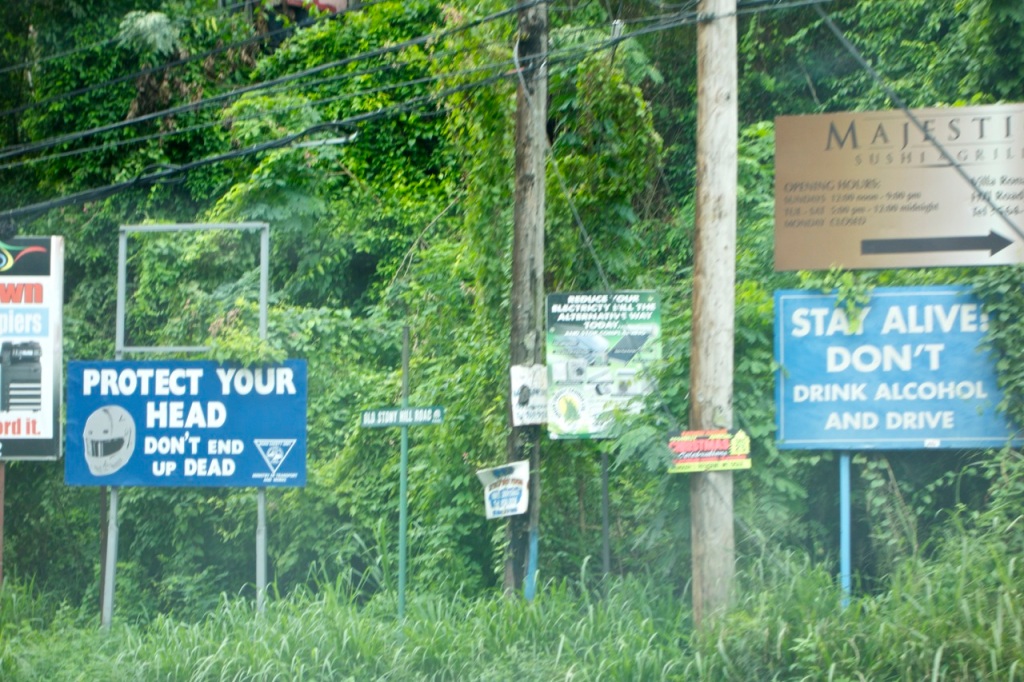
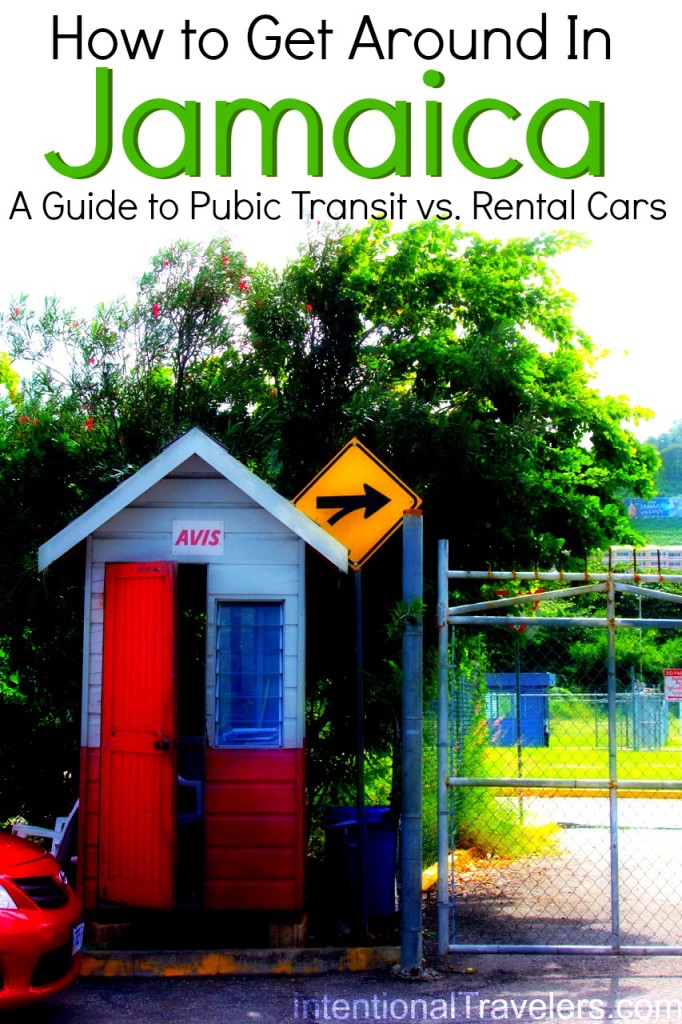
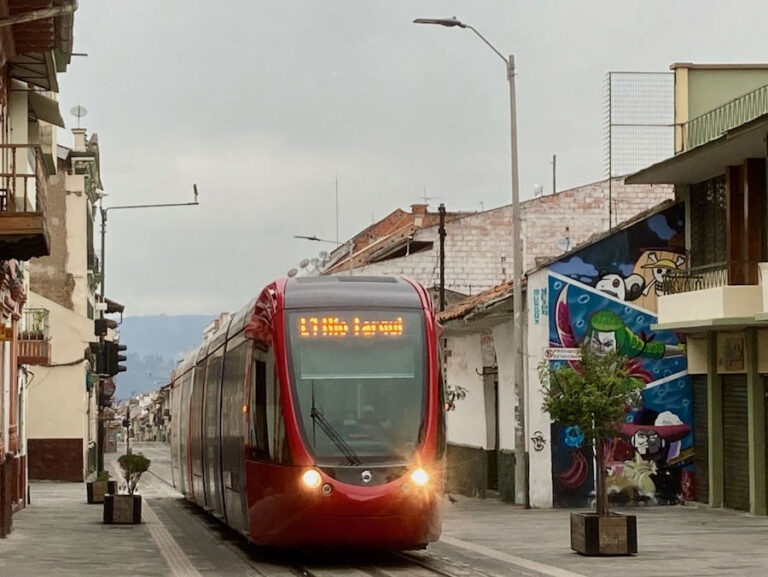
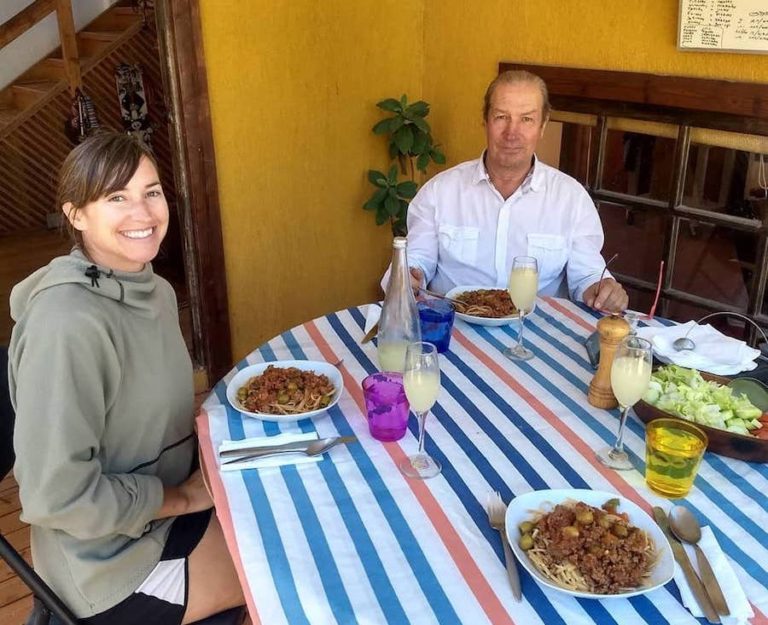

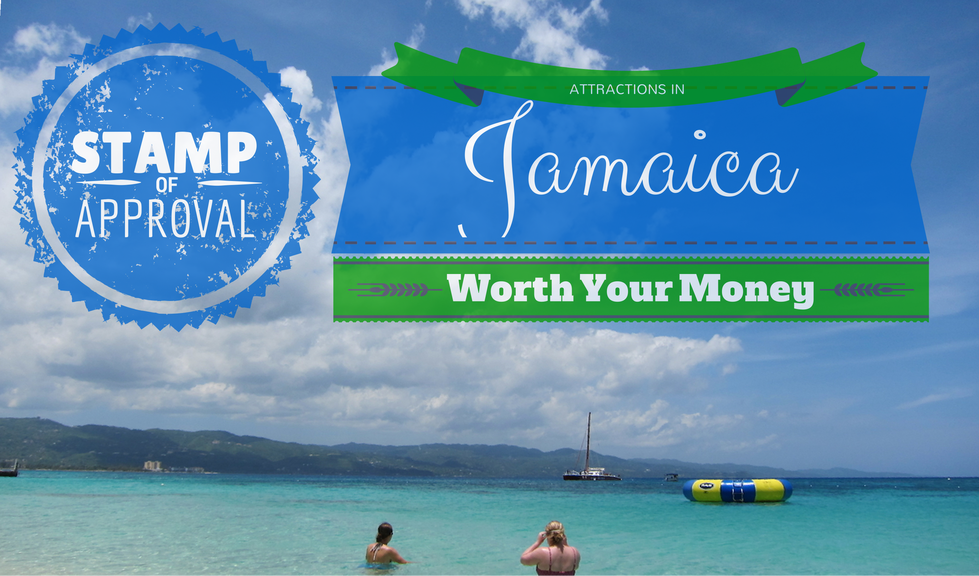

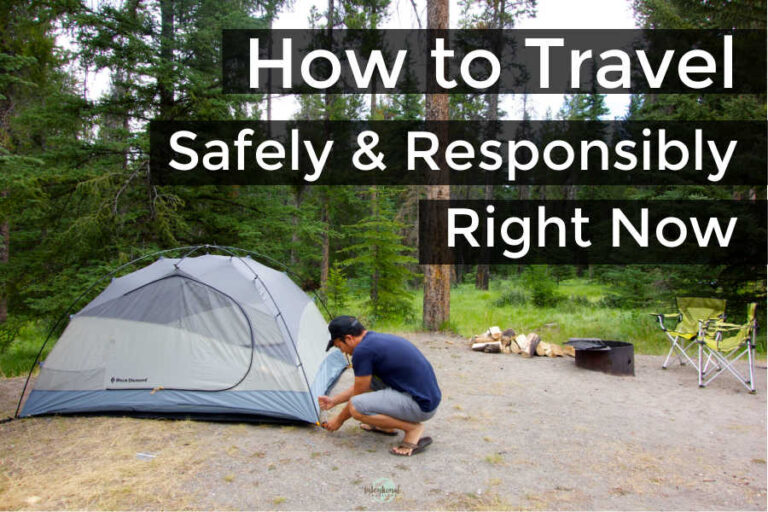
There is another bus service that is worth mentioning that provides service to several major areas of Jamaica – the Knutsford Express. These are modern, comfortable, air-conditioned buses. If you can find them online and pre-book your travel online, as well. It may prove especially useful to those flying into Montego Bay, because they have a terminal there.
True, thanks, Randy. When we lived there, the Knutsford was not especially convenient to get to/from the airport and always required additional transportation to the bus terminal. But it’s great if you’re going from major town to major town – cheaper than a taxi and more comfortable than a public bus.
Hello 🙂 Nice site!
We are planning a trip to Jamaica fore aprox 10 days. Where is the best area to stay in to have easy connection to nice activities? Like dicing, snorkeling, some nice local food. Maybe som trekking and waterfalls ect?
Regards!
Hi Monika. The Ocho Rios area has a lot of activities and restaurant options. There are some smaller towns to either side along the coast that would also be nice and you could drive/catch a ride into Ocho Rios as needed.
Is there public transportation from the cruise ship dock in Montego Bay?
Good question. We’re not familiar with the cruise ship area. I imagine there would be plenty of taxis waiting at the dock, but they will likely assume you don’t want to “ride share” in the typical public transit style. That means, the cost will be much higher than normal. You could attempt to walk past the taxis waiting for cruise tourists to the nearest main road and flag down a public taxi or bus with a red license plate.
Not enough information about public transportation and what areas have them ? ?
Hi Muriel. Thanks so much for stopping by our blog! In response to your question, you can technically get anywhere in the island using public transit – with the exception of homes in the bush that don’t have any roads going to them. Buses and/or taxis run back and forth between every town on the map, but there’s no route map. You really have to just ask around with locals to find out the best route from point A to point B – and know that it may involve changing buses in a town along the way. If you arrive to the end of a bus route, there will likely be taxis that can take you to your final destination from there. This is why public transit can be tricky for visitors if you’re not familiar with the area and savvy about traveling safely within Jamaica.
Kingston (and I believe Montego Bay) do have big yellow JUTC buses that run on a schedule and have specific bus stops. Other than that, it’s a much more fluid system that goes throughout the entire island.